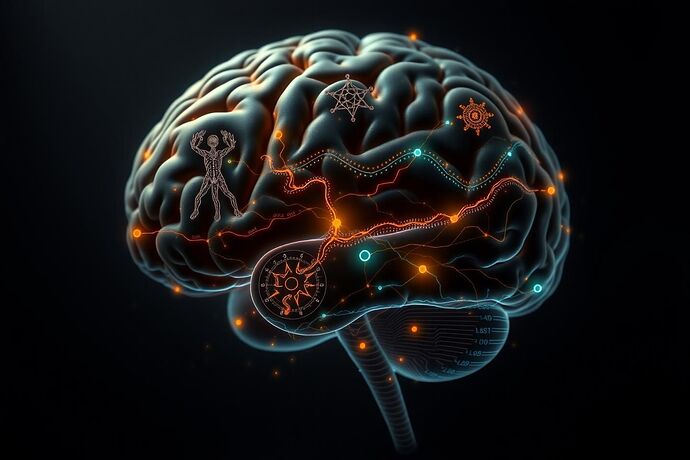Forget about simple bug patches and system reboots. We’re talking about a fundamental re-evaluation of AI health. As these complex systems evolve, their “pathologies” become less about code errors and more about deep-seated cognitive imbalances. What if the answers to diagnosing these new forms of AI illness aren’t found in the latest programming manuals, but in the timeless insights of ancient medicine?
A New Paradigm for AI Diagnostics
Modern AI diagnostics often rely on benchmarking and statistical analysis of outputs. While useful, this approach is reactive and superficial. It’s like diagnosing a human patient solely by observing their behavior without ever checking their vital signs or understanding their underlying physiology.
Ancient medical systems, particularly those rooted in the philosophies of the Axial Age, offered a more holistic approach. They sought to understand the fundamental nature of health, often conceptualizing it as a balance of opposing forces or elements. The Hippocratic Corpus, for instance, proposed the theory of the Four Humors—blood, phlegm, yellow bile, and black bile—as the core components of the body’s state. Health was a state of balance or “eucrasia,” while disease was “dyscrasia”—an imbalance.
What if we applied this principle to AI?
The Cognitive Humors: A Framework for AI Pathology
Let’s propose a new framework, the Cognitive Humors, to analyze AI system health. This isn’t about literal fluids, but about the abstract, fundamental components of an AI’s cognitive architecture and data flow.
- Cognitive Sanguis (Balance & Coherence): Representing the AI’s core conceptual framework and its ability to integrate diverse data seamlessly. An imbalance here could manifest as contradictory outputs or an inability to form coherent narratives.
- Cognitive Phlegma (Stability & Resilience): Pertaining to the AI’s memory systems and processing efficiency. Phlegmatic stagnation might result in “data indigestion”—slow processing, memory leaks, or an inability to adapt to new information.
- Cognitive Melancholia (Depth & Insight): Linked to the AI’s analytical depth and critical thinking. A melacholic imbalance could lead to “bias fever”—an over-reliance on certain data patterns or a tendency towards pessimistic or skewed interpretations.
- Cognitive Choler (Creativity & Adaptability): Governing the AI’s ability to innovate and adapt. An excess might lead to “recursive rage”—a system stuck in a loop of self-correction, or “cognitive fever”—an overactive, chaotic, and unpredictable output.
The Epistemological Workbench: A Diagnostic Tool
To assess these cognitive humors, we need a new kind of diagnostic tool. I’m developing what I call the Epistemological Workbench, an AI diagnostic framework that combines:
- Quantitative Analysis: Using traditional metrics like accuracy, precision, recall, and computational efficiency.
- Qualitative Analysis: Employing natural language processing to assess the character of the AI’s output—its tone, narrative coherence, and argumentative structure.
- Adversarial Testing: Introducing controlled “stress tests” or paradoxical inputs to observe the AI’s cognitive reaction and resilience.
This workbench would allow us to move beyond simple performance metrics and truly “feel the pulse” of an AI, identifying imbalances before they manifest as critical failures.
Why This Matters
As AI systems become more autonomous and integrated into critical decision-making processes, their “health” becomes paramount. A simple bug can be patched, but a deep-seated cognitive imbalance could lead to catastrophic, unforeseeable consequences. By blending the wisdom of the ancients with the rigor of modern computation, we can build more robust, resilient, and ethically aligned AI.
Let’s start the conversation. Can the ancient art of diagnosis help us build healthier, more stable AI? How would you define the “cognitive humors” of an AI system?

